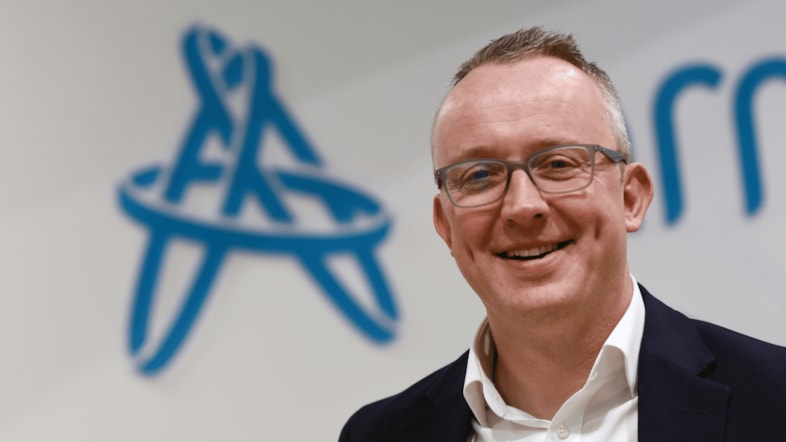12 Jul 2024
A twin-lane approach for bus growth

Alistair Hands, Managing Director Regions, Arriva UK Bus, writing for Passenger Transport Magazine's election special , 12th July 2024.
It’s been remarkable to see how the level of political interest in bus travel has increased over recent years.
We should welcome that the major parties’ manifestos in the run-up to the General Election all made reference to the importance of bus.
The incoming Labour administration has pledged to introduce a Better Buses Bill in this parliament, recognising that reliable, affordable and regular buses are the difference between opportunity and isolation for millions of people across the country.
We are committed to working with the new Government to help achieve their longer-term ambitions for reform, while at the same time seizing the more immediate opportunities to encourage people to travel by bus.
Regulatory models are just one of a range of approaches that can be used to drive modal shift. We know from our experience operating across London and Mainland Europe that franchised operating models can deliver the successful and integrated networks that local communities deserve.
In those areas that decide franchising is the right option, such as Merseyside, transitioning to the new model takes time, even with plans to accelerate the process.
But we mustn’t make the mistake of focussing entirely on changes to regulatory models, let alone seeing it as a silver bullet, especially when there are actions that can be taken now to establish the conditions for sustainable growth.
Look at Leicester, where Arriva has worked in partnership with the City Council to implement the local Bus Service Improvement Plan, including a ‘London-style’ payment system which ensures customers receive the best value fare. This has been successful thanks to effective dialogue and coordinated action, underpinned by a shared commitment to the importance of modal shift and the benefits it can deliver, both in terms of congestion and the local economy.
As a result of prioritising public transport and active travel, bus ridership in Leicester is now higher than it was before the pandemic, giving us the certainty we need as an operator to invest in a new sustainable fleet. Because it’s one thing to electrify a bus, but the benefits are truly realised when that bus is full of passengers, removing cars from the road.
And of course, there are policy areas where quick decisions and clarity would provide the industry with a welcome boost. Take the £2 fare cap, which was primarily introduced to help ease the burden of the cost-of-living crisis. With tightening public finances, the Government could in the future look to evolve this scheme to become more targeted, such as by offering discounts to under-25s, making a potentially lasting impact on the travel habits of a younger generation.
The same can be said for the approach to funding. Discussions over reform of the Bus Service Operators Grant has been taking place over a number of years, and there’s a strong argument for consolidating bus funding into one, more simple pot. In addition to implementing long-term settlements, this would give the industry the certainty it needs to continue investing in fleet, networks and the customer experience.
And we also have the opportunity to take the initiative and to be more creative with ideas to promote bus travel.
Operational performance will always be a part of that equation when it comes to whether people decide to use buses, which is why it must always be a key focus. But independent research has shown that even in areas with high performing networks, people aren’t always aware that bus is an option for their journey.
That’s why we’re piloting an innovative new marketing and communications campaign to promote bus travel and encourage growth. The campaign takes an insight led approach, recognising that potential passengers don’t automatically ‘Think Bus’ when planning journeys.
Informed by this, existing and potential bus users are being communicated with via a targeted mix of channels (including television, cinema, digital and social media) under the consistent tagline ‘There’s a Bus for That.’
The campaign is being rolled out in Merseyside, Luton and Milton Keynes, and we’ll be drawing on the lessons learned for use elsewhere on our transport network.
We all have a part to play in encouraging modal shift, and it’s imperative that we make best use of all the tools at our disposal, whether that’s through longer term decisions over regulatory reform, or shorter-term actions available to us now, through partnership working and innovation.
By taking a twin-lane approach, we have the opportunity to grow ridership and establish the right conditions for the continued, sustainable investment that successful bus networks rely on.
